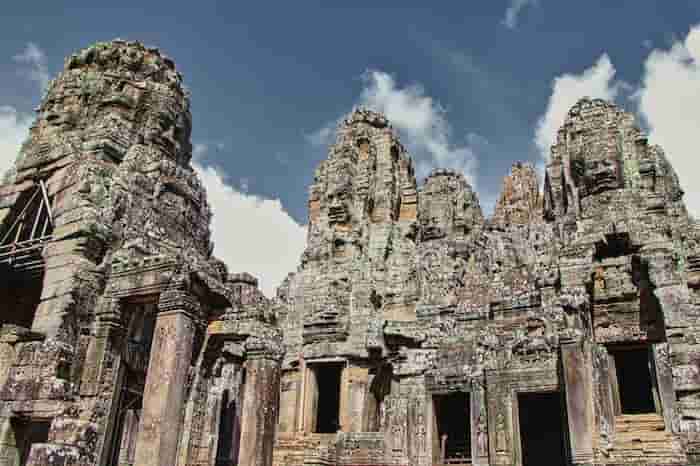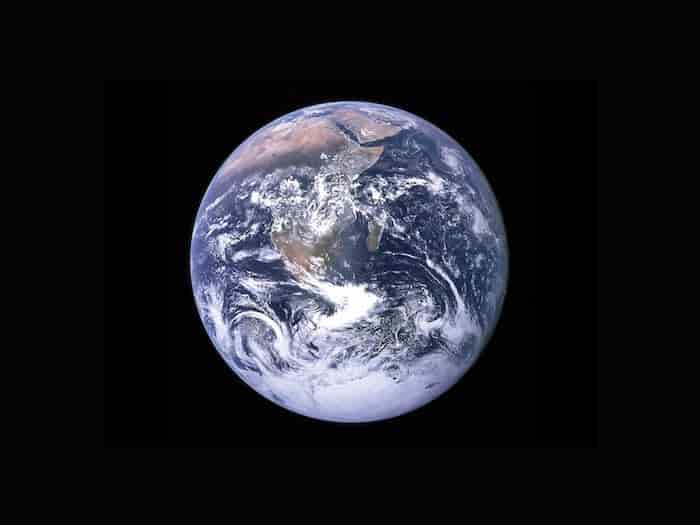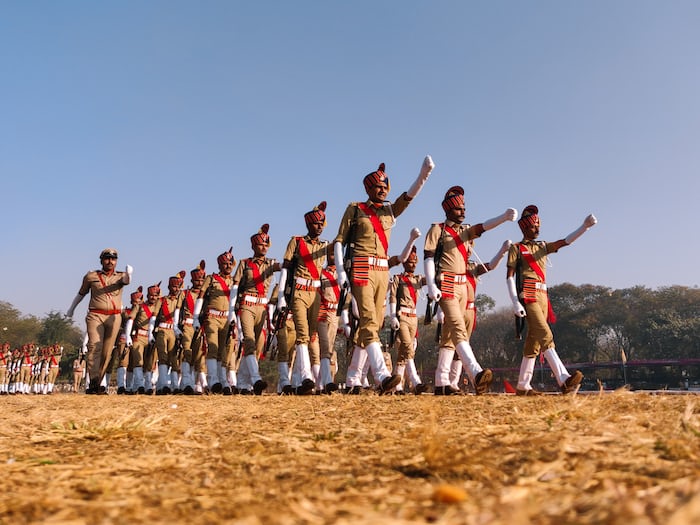Ancient Civilizations of the World
Ancient World : Down to 500 AD
| Name of the Civilization | Modern Area |
|---|---|
| Mesopotamian Civilization | Iraq |
| Egyptian Civilization | Egypt |
| Harappan Civilization | India and Pakistan |
| Chinese Civilization | China |

Mesopotamian Civilization (4000 BC – 6th Cen. BC)
Mesopotamia means ‘land between the rivers’. Mesopotamia is the land between the Tigris and
Euphrates rivers.
Mesopotamia comprises of four regions: Sumer, Babylonia and Akkad and Assyria.
The potter's wheel was perhaps first used in Mesopotamia. The Mesopotamians were the first
to evolve a proper system of writing during this period. The Mesopotamian system of Counting
is known as Sexagesimal as people counted by 60s as we count by tens. In geometry,
mesopotamians had discovered the Pythagoras theorem. Mesopotamians could calculate the
length of the day and the night. They divided the whole day into 24 hours and the divided
the sky into 12 parts, each assigned a name. This came down to us as the 12 Zodiac signs or
rashis as we call them in India.
Egyptian civilization
Egypt is called the gift of the Nile. Historians divide the history of Egypt into 3 periods: the old Kingdom, the middle Kingdom and the new Kingdom. The old Kingdom is also called the age of the pyramids. The Egyptians were the worshipper of the nature and the sun was there most important God. The egyptians believed that after death both body and soul live. So Egyptians, took care in preserving the body of the dead. Such a preserved body is called mummy. The Mummy was put in the wooden box and buried. The pyramids and Sphinx are the two specimens of Egyptian architectural excellence. The pyramids were the tombs of Kings and they contained the mummies of these monarchs. The Sphinx is a mythological animal with the body of a lion and head of a man. The Egyptian script known as hieroglyphic was invented in 3100 BC. The egyptians developed a decimal system of numeration. The crowning achievement of egyptians was the Solar calendar.
Harappan Civilization
The Harappan Civilization extended over a bigger area then any of the contemporary civilization. Harappan Civilization, also called Indus Civilization or Indus- Saraswati Civilization extends to Afganistan, Baluchistan, Punjab, Sindh, Jammu-Kashmir, Haryana, Rajasthan, Uttar- Pradesh, Gujarat, Maharshtra. Capital Cities- Harappa, Mohenjodaro. The harappans were the earliest people to produce Cotton. The Indus Civilization was primarily urban. The origin of Swastika symbol can be traced to the Indus Civilization.
Chinese civilization
The earliest chinese civilization is the shang civilization. The Chinese script is a
pictographic script.
The Chinese calendar i.e. solar-lunar calendar was a combination of solar and lunar
calendar. Chinese were the first to calculate the length of the year as 365 1/4 days. In
third century BC, the Chin dynasty began construction of a wall known as ‘The Great Wall’ to
keep out invaders from the north. The two major religions of ancient China are Taoism and
Confucianism. Buddhism was brought into China by Indian during the Han rule. The Great Wall
is a mightly monument to the building skill of ancient China, having height of 6 m and
extending over 2400 km. In first century, The paper was invented at China. The water clock,
Abacus, umbrella were invented by Chinese. In second century AD, Chinese invented a
seismograph.
Iranian civilization
In the middle of 6th Century BC, a powerful Empire, Achaemenid Empire, arose in Iran (Persia). The founder of this Empire was Cyrus with his capital at Pasaragadae. In 3rd century AD, a new and powerful Empire, Sassanid Empire, arose in Iran. Iran in ancient times produced a number of famous sailors and explorers. The main religion of the Ancient Iranian was Zoroastrianism. During the Achaemenid Empire, the official language was Aramaic. The Sassanids revived old Persian and made it official language of their Empire.
Greek Civilization
The early greeks like the Aryans in India lived in tribes, each composed of a number of
families under a leader. A group of tribes had a king. The main occupations are agriculture
and herding. The early Greeks had many gods whom they imagined to be like human beings
though more powerful and immortal. Zeus was the god of the sky, Poseidon God of the sea,
Apollo the Sun god, Athena was goddess of victory and Patroness, of the Arts. Dionysus was
the god of wine.
Alexander, a Greek king, conquered the world. In 2nd century BC, the Roman empire started
expanding eastward as a result of which almost the entire Territory of Greek and their
Empire became a part of Roman empire.
Roman Civilization
The centre of Roman civilization was Italy. The river Tiber on which the city of Rome is
located runs through the central part of the Peninsula. The early Romans had a king and
assembly and senate. By the beginning of first century BC, the Roman had conquered Greece
and area minor and established protectorate over Egypt. The Roman worshipped as many Gods
and Goddesses as the Greek. Jupiter sent rain for the crops, Mars help them in war, Mercury
carried their messages, Neptune as the god of sea.
The final blow to Roman Empire at the hands of Northern invaders were German tribes. By 476
AD the one powerful Roman empire was no more.
Arab civilization
In the 7th century, a new religion Islam, arose in Arabia, which led to establishment of a big Empire. Mohammad, the prophet of Islam was born in Mecca in 570 AD. At the age of 40, he had visions of truth and became a prophet. His visions completely convince him that Allah was the only God. He forbade the worship of idols and made many enemies. The Quran, holy book of Islam contains the teachings of Muhammad. Nearly all Arabia had accepted the new religion and became a unified state. From Arabia, Islam spread very fast to many other parts of the world. Within a hundred years, the khalifas and their generals had conquered Iran, Syria, Egypt, Central Asia, North Africa and Spain .The Arab Empire was the largest that world had so far seen.


